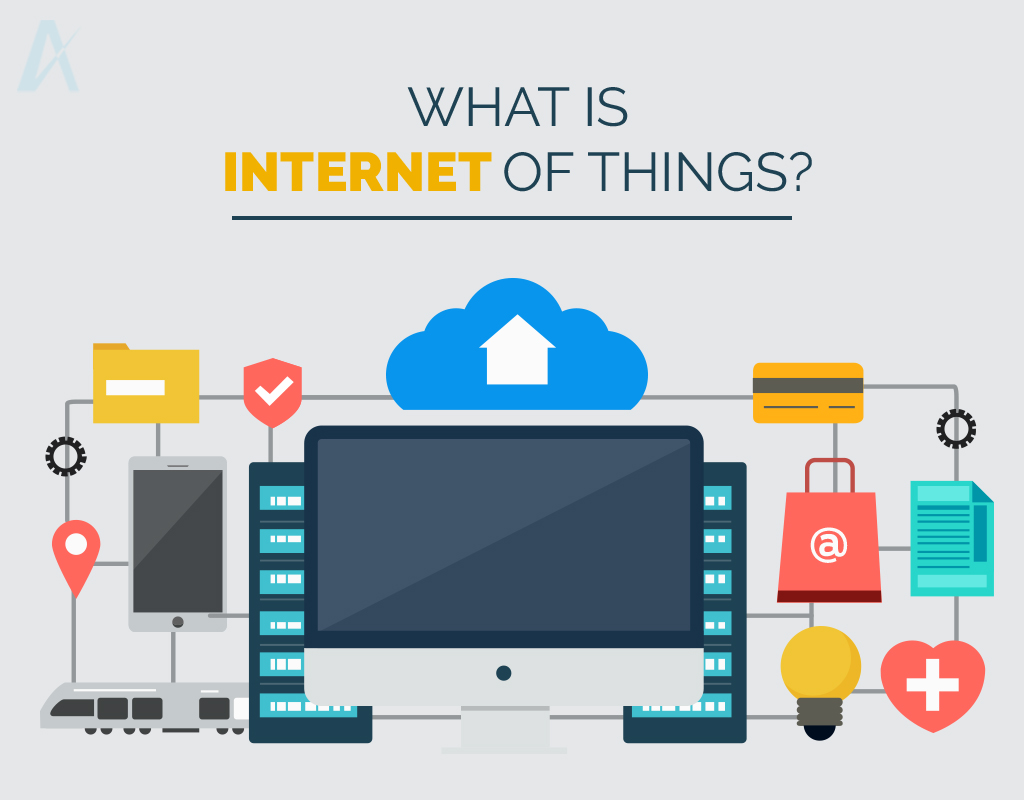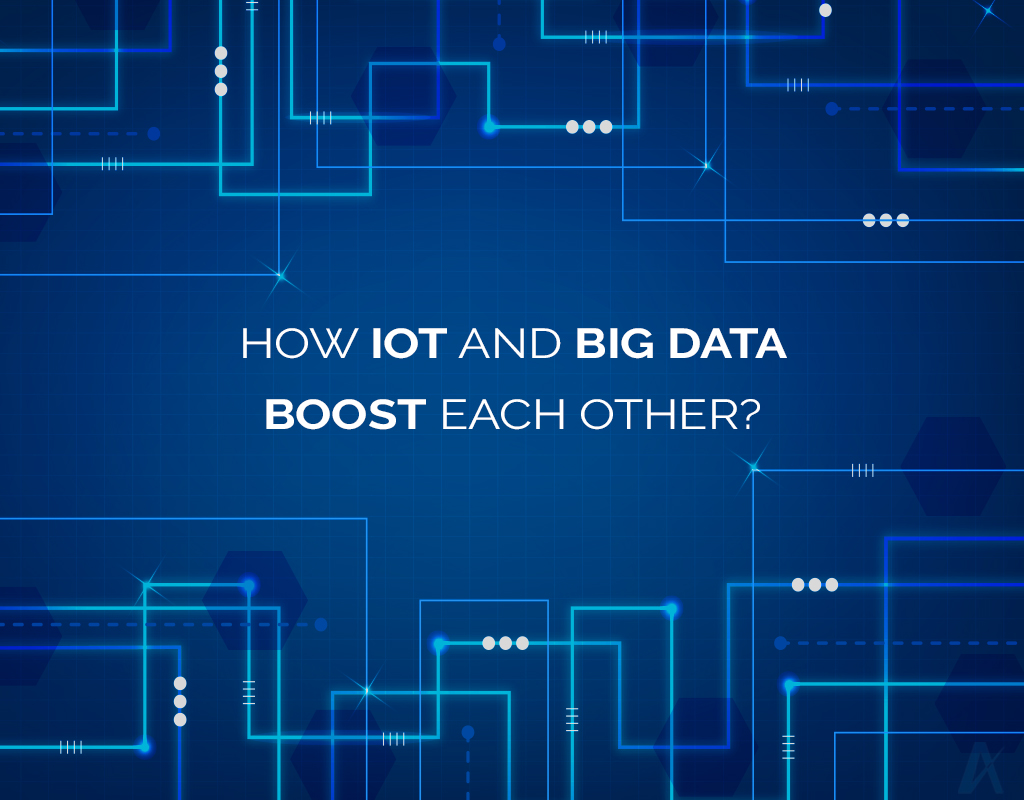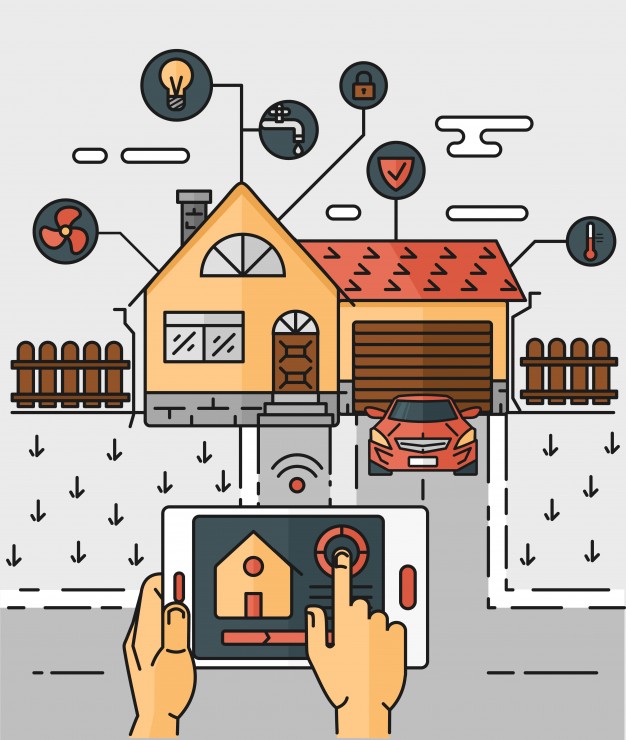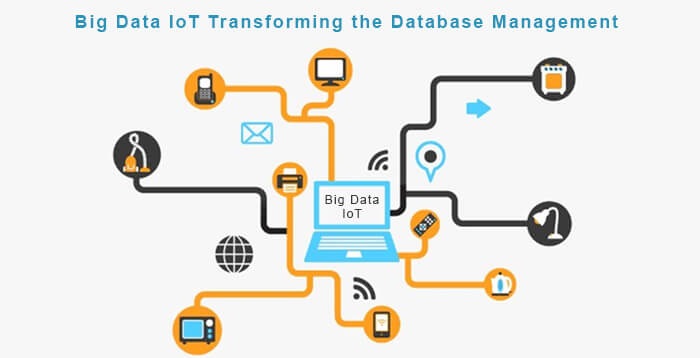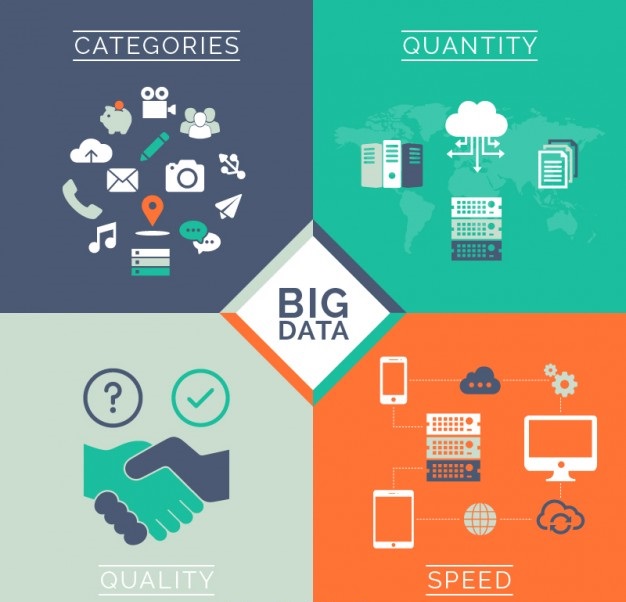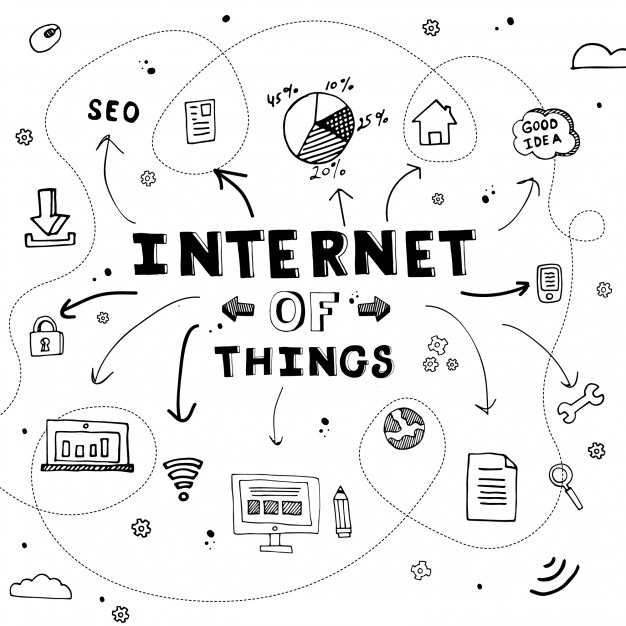Integrating Zero Trust Strategies to Secure IoT Infrastructures
In our increasingly connected world, the explosion of Internet of Things (IoT) devices has transformed business operations, boosting efficiency, sparking innovation, and enhancing connectivity. Yet, this rapid IoT adoption has also opened the door to serious security threats. A stark reminder of these dangers is the recent high-profile breach at a major healthcare provider. Hackers exploited unprotected IoT medical devices, exposing sensitive patient information and causing extensive disruption. This incident highlights the critical need for strong IoT security measures in today’s digital landscape.
As IoT adoption skyrockets, so do the associated risks. According to a recent report by Gartner, the number of IoT devices is expected to reach 25 billion by 2025, with businesses accounting for over half of these deployments. Yet, a staggering 70% of these devices remain susceptible to security breaches, making them attractive targets for cybercriminals.
Amidst growing concerns over IoT vulnerabilities, the Zero Trust Security Model has emerged as a critical framework for protecting these devices. Unlike traditional security models that rely on perimeter defenses, Zero Trust operates on the principle that threats can originate from anywhere, both inside and outside the network. This model mandates continuous verification of all devices and users, strictly limiting access to only what is necessary.
What is Zero Trust?
Within the domain of cybersecurity, a paradigm shift is underway. The traditional model of pre-defined trust within network perimeters is giving way to a more rigorous approach— Zero Trust security. This framework operates under the assumption that trust is not a given, but rather a privilege that must be continuously earned and validated. Every user, device, and application attempting to access a resource undergoes stringent authentication before being granted entry.
Zero Trust security rests upon three core principles that form the foundation of a robust security posture:
- Verify Explicitly: Gone are the days of implicit trust. Zero Trust demands rigorous authentication for every access attempt. Multi-factor authentication (MFA) and robust identity and access management (IAM) protocols become essential tools to ensure the legitimacy of users and devices.
- Least Privilege Access: Zero Trust rejects the notion of blanket access privileges. Instead, it dictates a granular approach, providing only the minimum level of access necessary to perform a specific task. This principle of least privilege significantly reduces the potential damage if a security breach occurs, limiting the attacker’s ability to move laterally within the network.
- Assume Breach: The core philosophy of Zero Trust acknowledges the ever-present threat of cyberattacks. By adopting a security posture that assumes a hostile environment, organizations can proactively minimize the impact of breaches by limiting the attacker’s access and ability to exploit compromised devices.
Why Zero Trust for IoT?
The Internet of Things (IoT) presents a unique set of security challenges. These devices are often:
- Resource-Constrained: Limited processing power and memory can make the implementation of robust security protocols impractical for some IoT devices.
- Heterogeneous: The ever-expanding spectrum of IoT devices encompasses a vast array of manufacturers and operating systems, leading to inconsistencies in security implementation across the landscape.
- Data-Centric: Many IoT devices constantly collect and transmit sensitive data, making them prime targets for attackers seeking a foothold within a network.
Traditional security models, designed for a more static network environment, are ill-equipped to handle the dynamic and resource-constrained nature of IoT devices. Hackers can easily exploit vulnerabilities in a single device to gain access to an entire network. Zero Trust, with its focus on continuous verification and least privilege access, offers a much more robust solution for securing the modern IoT landscape.
Assessing Your IoT Landscape for Zero Trust Implementation
The foundation of any successful security strategy lies in a comprehensive understanding of the environment you aim to protect. In the context of Zero Trust security for IoT, this principle translates to a thorough assessment of your existing IoT ecosystem.
1. Inventorying Your IoT Devices:
The first step in securing your IoT landscape is to gain a clear picture of its composition. This involves creating a comprehensive inventory of all connected devices. This can be achieved through a multi-pronged approach:
- Automated Network Discovery Tools: Leverage network scanning tools to identify active devices and extract information such as IP addresses, operating systems, and device types.
- Manual Device Identification: Conduct a physical audit of your environment to identify any devices not detected by automated tools. This includes smart devices embedded within appliances, building automation systems, and industrial control equipment.
- Documentation Review: Consult purchasing records, user manuals, and maintenance logs to identify the intended purpose and functionality of each device.
2. Importance of Device Knowledge:
Understanding the specific types, purposes, and inherent vulnerabilities of your IoT devices is crucial for implementing Zero Trust effectively. Devices with critical functions or access to sensitive data require more rigorous security protocols. Furthermore, knowledge of known vulnerabilities allows you to prioritize mitigation efforts and ensure timely patching of security gaps.
3. Mapping Your Data Flows:
Data, the lifeblood of the IoT, presents both opportunities and challenges. Effectively mapping data flows within your IoT ecosystem is critical for understanding the potential impact of a security breach. This involves identifying:
- Data Sources: Where does the data originate from within your network? This includes sensors, controllers, and other IoT devices.
- Data Paths: How does data move through your network? This involves identifying data streams between devices, databases, and applications.
- Data Destinations: Where is the data ultimately stored or transmitted? These destinations may include cloud platforms, data analytics systems, or external applications.
4. Visualizing Data Flows:
To effectively communicate and analyze data flows, consider employing visualization tools such as network diagrams or data flow maps. These visual representations can highlight critical data paths and sensitive information, allowing you to pinpoint areas requiring more stringent security measures within your Zero Trust framework.
Implementing Segmentation and Access Control Strategies within a Zero Trust Framework
Having meticulously assessed your IoT landscape, it’s time to translate your understanding into action. This section explores two key strategies for securing your network within a Zero Trust architecture: network segmentation and policy enforcement.
1. Micro-Segmentation Explained:
Network segmentation involves dividing your network into smaller, isolated zones. Micro-segmentation takes this concept a step further, creating highly granular segments that isolate individual devices or groups of devices with similar functionalities. This approach offers several key benefits:
- Reduced Attack Surface: By limiting communication between segments, micro-segmentation minimizes the potential damage caused by a security breach. An attacker compromising a single device can only access resources within its designated segment, hindering lateral movement within the network.
- Enhanced Visibility: Micro-segmentation allows for more granular monitoring and analysis of network traffic. This enables you to identify suspicious activity within a specific segment more readily, facilitating faster response times to potential threats.
- Improved Operational Efficiency: Micro-segmentation allows you to tailor security policies to the specific needs of each segment. This can streamline network management and potentially reduce administrative overhead.
2. Implementing Network Segmentation for IoT:
Network segmentation strategies for your IoT environment can leverage various techniques:
- VLANs (Virtual Local Area Networks): Create dedicated VLANs for different categories of IoT devices, such as security cameras, smart sensors, or industrial control systems.
- DMZs (Demilitarized Zones): Isolate highly sensitive devices within a DMZ, restricting access only to authorized users and applications.
3. Policy Enforcement:
Zero Trust security relies heavily on robust access control policies. These policies define which devices, users, and applications are permitted to access specific resources within your network. Effective policy enforcement hinges on:
- Firewalls: Firewalls act as guardians at the perimeter of each network segment, enforcing access control policies by allowing or denying traffic based on pre-defined rules.
- Identity and Access Management (IAM): A centralized IAM system facilitates user authentication, authorization, and access control throughout your network. This ensures that only authorized users and devices can access designated resources.
Securing the Gateways: Implementing Robust Authentication and Authorization within a Zero Trust Environment
Having established network segmentation and access control policies, we now turn our attention to the critical aspects of authentication and authorization within a Zero Trust framework. By employing strong authentication methods and granular role-based access control (RBAC), you can further fortify the security of your IoT devices.
1. Strong Authentication Methods:
Zero Trust demands a move beyond traditional username and password logins, which are susceptible to brute-force attacks and credential theft. Here, we explore robust authentication methods for securing your IoT environment:
- Multi-Factor Authentication (MFA): MFA adds an extra layer of security by requiring users or devices to provide multiple verification factors beyond a simple password. This could include a one-time code generated by an authenticator app, a fingerprint scan, or facial recognition.
- Device Authentication Techniques: For securing IoT devices themselves, consider implementing certificate-based authentication or pre-shared keys. These methods leverage cryptographic techniques to verify the identity of a device before granting access to the network. Biometric authentication, though less common in IoT currently, may be an option for specific high-security devices.
2. Role-Based Access Control (RBAC):
Within a Zero Trust framework, the principle of least privilege dictates that users and devices should only be granted the minimum level of access necessary to perform their designated tasks. RBAC provides a robust method for achieving this objective. Here’s how it works:
- Defining User and Device Roles: Classify users and devices based on their functionalities within your IoT ecosystem. For example, a building automation system may have a separate role for temperature sensors compared to security cameras.
- Assigning Permissions: Associate specific permissions with each role. This defines the resources and actions authorized for each user or device within their designated role.
- Enforcing Granular Access: By linking RBAC with your access control policies, you can ensure that only authorized users and devices can access specific resources within your network segments. This minimizes the potential damage caused by a security breach.
Vigilance is Key: Continuous Monitoring and Threat Detection for a Secure IoT Landscape
A secure IoT environment within a Zero Trust framework is not a static achievement, but rather an ongoing process that demands continuous monitoring and threat detection. This final section explores the importance of real-time monitoring tools and the power of behavioral analytics in safeguarding your connected devices.
1. Real-Time Monitoring Tools:
Maintaining complete visibility into your IoT environment is paramount for proactive threat detection. Several real-time monitoring tools can provide valuable insights:
- IoT Device Management Platforms: These platforms offer centralized dashboards that display device status, resource usage, and network activity in real-time.
- Security Information and Event Management (SIEM) Systems: SIEM systems aggregate data from various sources across your network, including IoT devices, to identify potential security incidents.
- Network Traffic Analysis (NTA) Tools: NTA tools provide detailed insights into network traffic patterns, enabling you to detect unusual activity that may indicate a security breach.
By leveraging these tools, you can gain a comprehensive understanding of your IoT device activity and network traffic, allowing you to identify and address potential security issues promptly.
2. Behavioral Analytics:
In the ever-evolving realm of cyber threats, traditional signature-based security solutions may not be sufficient. Behavioral analytics leverages machine learning algorithms to analyze device behavior and identify anomalies that deviate from established baselines. Here’s a breakdown of its key aspects:
- Establishing Baselines: Through continuous monitoring, you can establish normal behavior patterns for each device within your IoT ecosystem. This includes data transmission patterns, resource utilization, and connection attempts.
- Machine Learning for Anomaly Detection: Machine learning algorithms are trained on the established baselines. They continuously monitor device activity and flag any deviations as potential threats. This allows you to identify sophisticated attacks that may bypass traditional signature-based detection methods.
